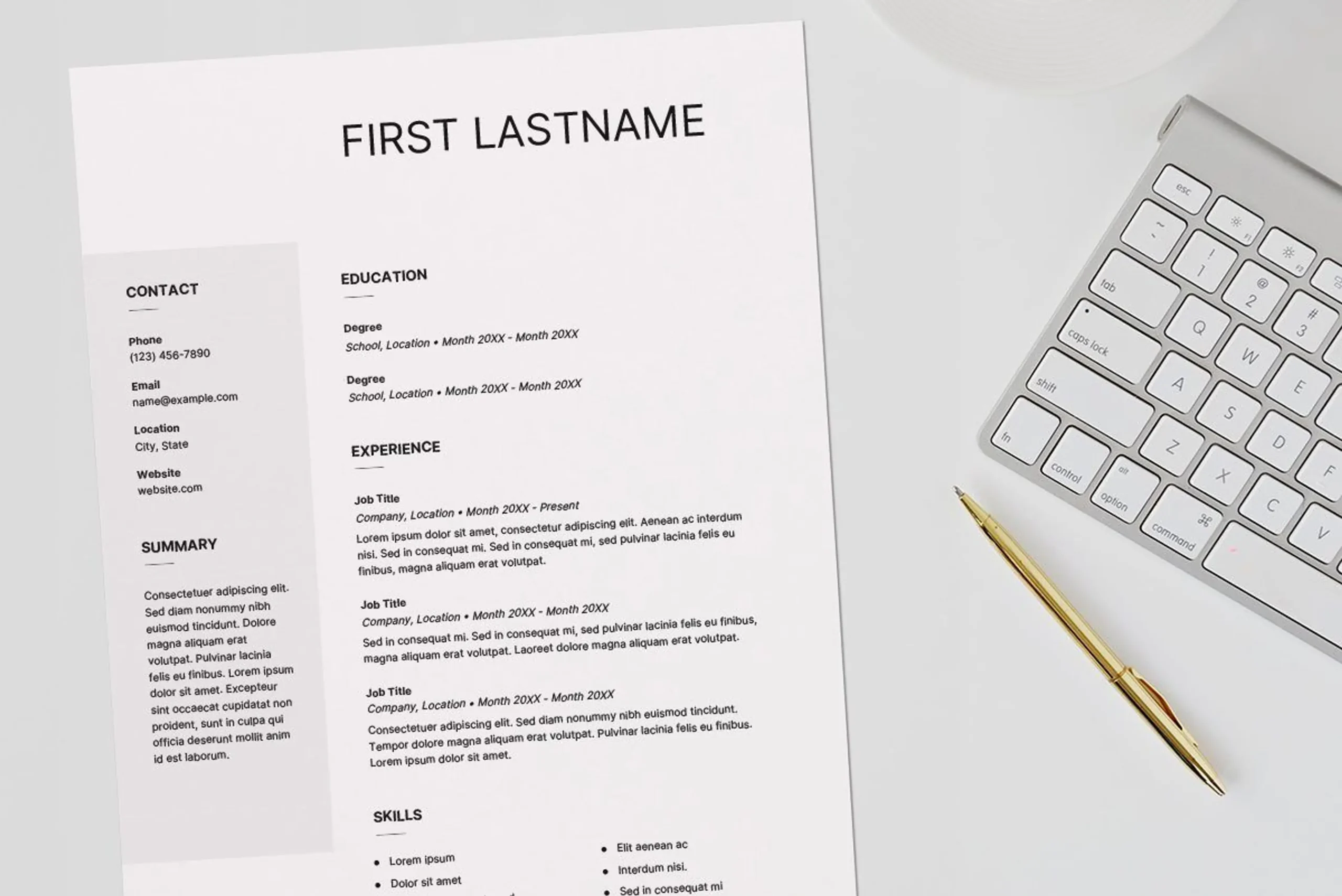시험패스가능한L4M5 Dumps최신버전덤프샘플문제
CIPS L4M5덤프의 무료샘플을 원하신다면 우의 PDF Version Demo 버튼을 클릭하고 메일주소를 입력하시면 바로 다운받아CIPS L4M5덤프의 일부분 문제를 체험해 보실수 있습니다. CIPS L4M5 덤프는 모든 시험문제유형을 포함하고 있어 적중율이 아주 높습니다. CIPS L4M5덤프로CIPS L4M5시험패스 GO GO GO !
CIPS L4M5 : 상업 협상 시험은 조달 및 공급망 전문가가 성공적인 협상 기술을 마스터 할 수있는 중요한 모듈입니다. 이 시험은 자신의 역할 내에서 성장하거나 경력을 발전시키려는 개인을 대상으로하며 비즈니스 환경에서 성공적으로 협상 할 수있는 능력을 보여줍니다. 성공적인 후보자는 공급 업체 및 이해 관계자 관리를 포함하여 업계의 모든 부문에서 가치있는 기술과 지식을 습득 할 것입니다.
CIPS L4M5 (상업협상) 자격증 시험은 조달 전문가들이 협상 기술을 개발하고 상업협상 전문가가 되기를 원하는 사람들을 위해 설계되었습니다. 이 자격증은 조달 프로세스에 참여하고 공급 업체 및 공급 업자와 계약, 협의 및 거래를 협상해야하는 개인들에게 적합합니다. 시험은 협상 이론, 전략 및 전술을 포함한 다양한 상업협상과 관련된 주제를 다룹니다.
>> L4M5 Dumps <<
L4M5인증덤프공부문제 - L4M5완벽한 시험덤프공부
만약 여러분은CIPS L4M5인증시험취득으로 이 치열한 IT업계경쟁 속에서 자기만의 자리를 잡고, 스펙을 쌓고, 전문적인 지식을 높이고 싶으십니까? 하지만CIPS L4M5패스는 쉬운 일은 아닙니다.CIPS L4M5패스는 여러분이 IT업계에 한발작 더 가까워졌다는 뜻이죠. 하지만 이렇게 중요한 시험이라고 많은 시간과 정력을 낭비할필요는 없습니다. KoreaDumps의 완벽한 자료만으로도 가능합니다. KoreaDumps의 덤프들은 모두 전문적으로 IT관련인증시험에 대하여 연구하여 만들어진것이기 때문입니다.
CIPS L4M5 자격증 시험은 상업적 교섭과 관련된 다양한 기술과 지식 영역을 다룹니다. 이에는 효과적인 교섭 원칙 이해, 교섭 전략 개발, 교섭 프로세스 관리, 그리고 교섭 결과 분석 및 평가 등이 포함됩니다. 이 시험은 후보자들의 이러한 영역에 대한 지식과 이를 현실 세계 상황에서 적용할 수 있는 능력을 검증하기 위해 설계되었습니다.
최신 CIPS Level 4 Diploma in Procurement and Supply L4M5 무료샘플문제 (Q86-Q91):
질문 # 86
A new manager has been appointed with responsibility for an organisation's category which has major impact on organisational cost base and there are little competitions in the supply market. They have an objective to improve supplier cost structures over time. Which of the following should they carry out first?
- A. Purchase price cost analysis
- B. STEEPLE analysis
- C. Competitive rivalry analysis
- D. Volume concentration
정답:A
설명:
:
The objective of the buyer here is to improve supplier cost structures over time, which requires them to have insight into supplier's current cost information. Purchase price cost analysis (PPCA) can help here. PPCA is a method for gathering, analysing and using price and cost information in a systematic way. The process allows the identification of future savings and opportunities to improve current costs.
STEEPLE analysis is used to analyse the macro environment that may have impact on an organisation.
Competitive rivalry is a part of Porter's Five Forces which is a tool for strategy making.
Volume concentration is a way to increase the purchasing quantities in order for a buying organisation to improve its leverage in negotiation.
질문 # 87
Which of the following is the true statement?
- A. Internal stakeholder support will be important for both negotiation and contract performance
- B. External stakeholders such as suppliers can largely influence an organisation's procurement negotiations
- C. Commercial negotiation objectives should be driven by just the instincts of procurement
- D. All connected stakeholders have a low level of impact on procurement negotiations
정답:A
설명:
Internal stakeholder support will be important not just at the initial negotiation of the contract, but potentially throughout the life of the contract right through to exit.
As a general rule, connected stakeholders (with the exception of suppliers) have a low level of influence on procurement negotiations.
Suppliers are connected stakeholders who have contractual relationships with the organisation.
Commercial negotiation objective should be driven by the business needs of the organisation, and not just the instinct of procurement.
질문 # 88
A negotiation meeting commences with the supplier asking the buyer 'How do you feel about the service you receive from us currently?', followed by 'What do you think about our latest products?' and 'How do we compare with other suppliers you use?' The supplier is using which type of questions?
- A. Probing questions
- B. Closed questions
- C. Hypothetical questions
- D. Open questions
정답:D
설명:
Open questions begin with "how," "what," "why," etc., and are designed to encourage detailed responses. The supplier's questions are open-ended and aim to gather comprehensive feedback, which can inform better mutual understanding and potential deal improvements.
Reference: L4M5 Commercial Negotiation 2nd edition (CORE), Section 3.3 - Questioning Styles in Negotiation
질문 # 89
Which of the following are typical characteristics of activity-based costing (ABC) method? Select TWO that apply.
- A. Variable and all related overhead expenses are specifically assigned to a business activity
- B. Limited understanding of true costs incurred
- C. Costs are allocated based on volume
- D. ABC provides the information required to take action and realise improvements
- E. ABC has tended to over cost products on long runs and under cost those on short runs
정답:A,D
설명:
:
Activity-based costing is an alternative approach to traditional absorption costing. The characteristics of these two methods are illustrated in the graph below:
Graphical user interface, text, chat or text message, website Description automatically generated
질문 # 90
Sumitomo Rubber Industries (SRI) is a Japan-based tyre manufacturer. In order to increase production, SRI is sourcing rubber from Southeast Asian firms. Which of the following micro factors are most likely to shift the balance of power to supplier? Select TWO that apply
- A. There are no close substitutes for rubber
- B. Costs of changing suppliers are high
- C. Rubber from different suppliers is virtually similar
- D. SRI's purchase amount makes significant proportion of supplier revenue
- E. SRI sets up its own rubber plantation
정답:A,B
설명:
There are many factors that can influence the balance of power in a negotiation. These factors are classified into 3 levels:
Macro level: STEEPLE framework: social, technological, economic, environment, political, legal and ethical Micro level: Porter's five forces:
Diagram Description automatically generated
One-to-one buyer-supplier dynamics.
The question asks about the micro factors that increases supplier's bargaining power. Among 5 answers, only 2 are likely to increase buyer's power:
There are no close substitutes for rubber: the buyer has to buy rubber, not any other material.
Costs of changing suppliers are high: buyer entails a large barrier if they want to switch supplier.
Other answers cannot be correct because:
SRI sets up its own rubber plantation: Buyer secures its own supply
SRI's purchase amount makes significant proportion of supplier revenue: Suppliers are reliant on buyer. If the buyer stops buying from them, they can face serious cash flow problems Rubber from different suppliers is virtually similar: undifferentiated product would shift the power balance towards buyer.
질문 # 91
......
L4M5인증덤프공부문제: https://www.koreadumps.com/L4M5_exam-braindumps.html




